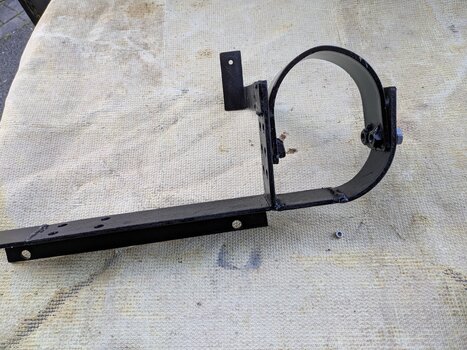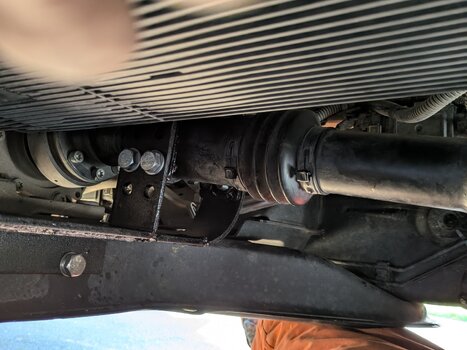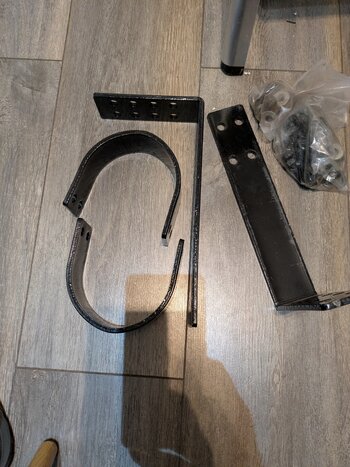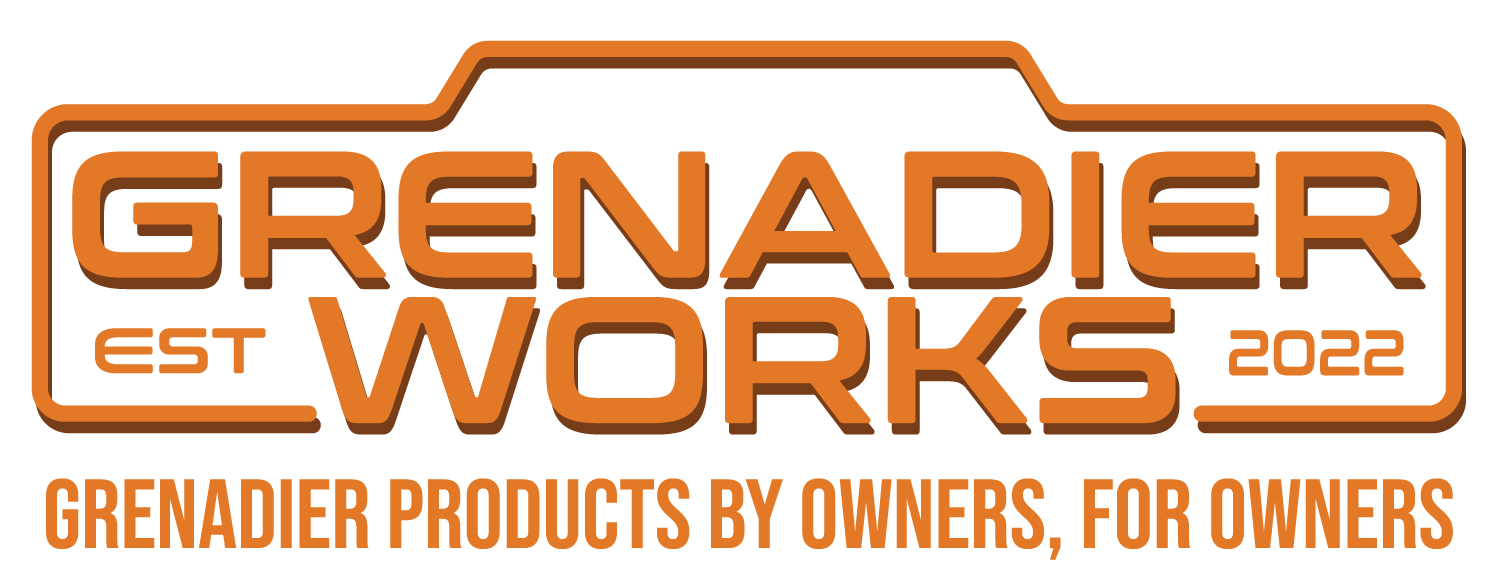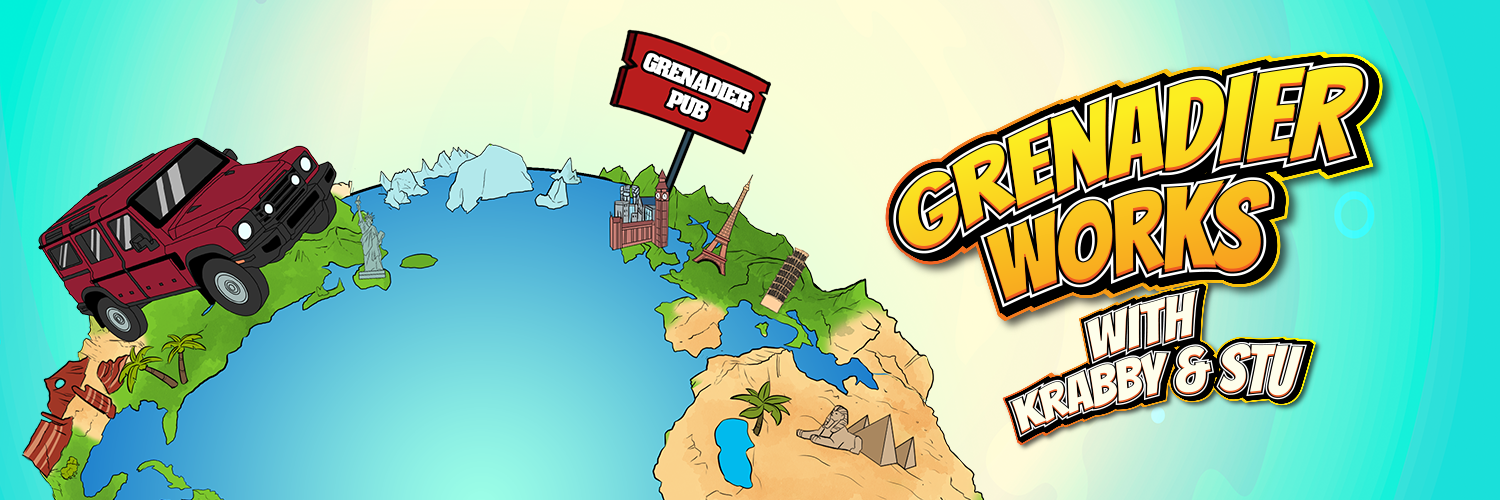Agile has a DC shaft, but it has bad harmonics at 70-72 and they have had the best result so far. When i eventually get ours back from the dealer I will report back on performance. But its bad enough that you have to talk to them directly before purchasing. Lots of amazing shops gave up. Again, angle.

 agileoffroad.com
agileoffroad.com

Heavy Duty FRONT Driveshaft for INEOS Grenadier by Agile Offroad » Agile Offroad
Heavy Duty Front Drive Shaft for INEOS Grenadier by Agile Offroad. Our upgraded U-joint design eliminates boot tearing and improves range of motion.
 agileoffroad.com
agileoffroad.com

